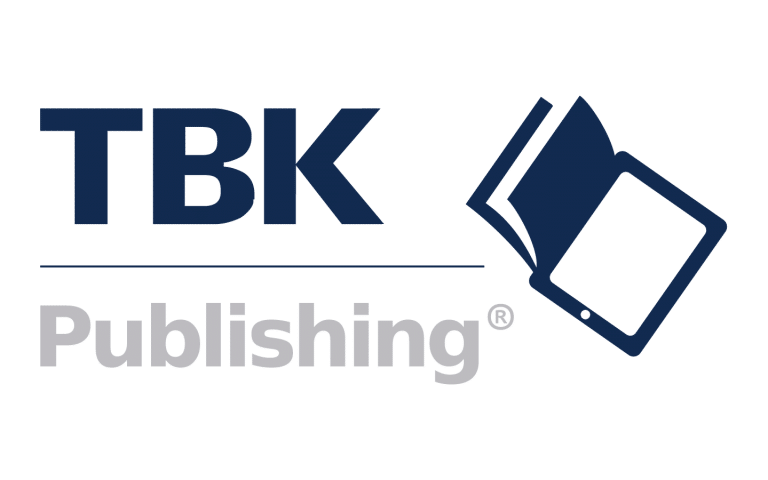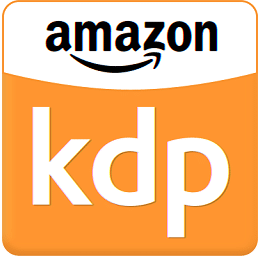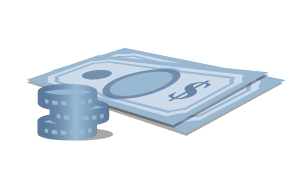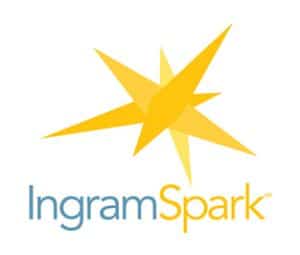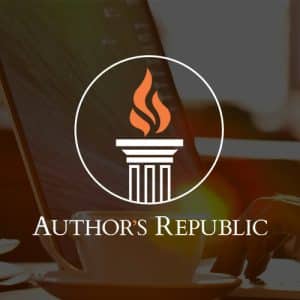This is the fifth article in a series describing how I produce international bestsellers. This time we will be discussing distribution.
- Article 1: How to make an international bestseller
- Article 2: The four main activities in producing a bestseller
- Article 3: Idea and creation
- Article 4: Production
Terminology
Let’s get the terminology right. I divide the full creative, writing, and publishing process – from start to finish – into four main activities:
- Idea and creation
- Production
- Distribution
- Marketing
As a self-publishing author, you are responsible for all the main activities. However, you can engage with freelancers to handle many of the subactivities, which I do to a large extent.
When someone asks me if I publish my books on Amazon, then I must correct the misunderstanding. The publisher owns the rights to the book, and in my case, it is TBK Publishing®, which is an activity that I own 100 per cent. TBK Publishing® is the publisher. Amazon is a bookstore (and distributor) and is not a publishing company. They offer a wide range of services that can make them look like a publisher, but they are not.
Over the recent twenty years, the term publishing has become somewhat vague. A publisher publishes books, but many authors experience that their publishers e.g., do not invest in marketing. In Denmark, it is not the publishers who distribute books. DBK, Dafolo, and Publizon are book distributors. In my opinion, my terminology with the four main activities is more comprehensive and precise than if we simply use the term to publish.
A good piece of advice for the self-publisher: Source the ISBNs for your books yourself. You can get them at your local ISBN office. Self-publishing platforms, such as KDP (Kindle Direct Publishing) can provide the ISBN, and that’s fine. But be careful with local platforms offer to provide ISBNs, many challenges can occur when you want to change distributor. At least make sure you only have one ISBN for each of your publications.
Distribution
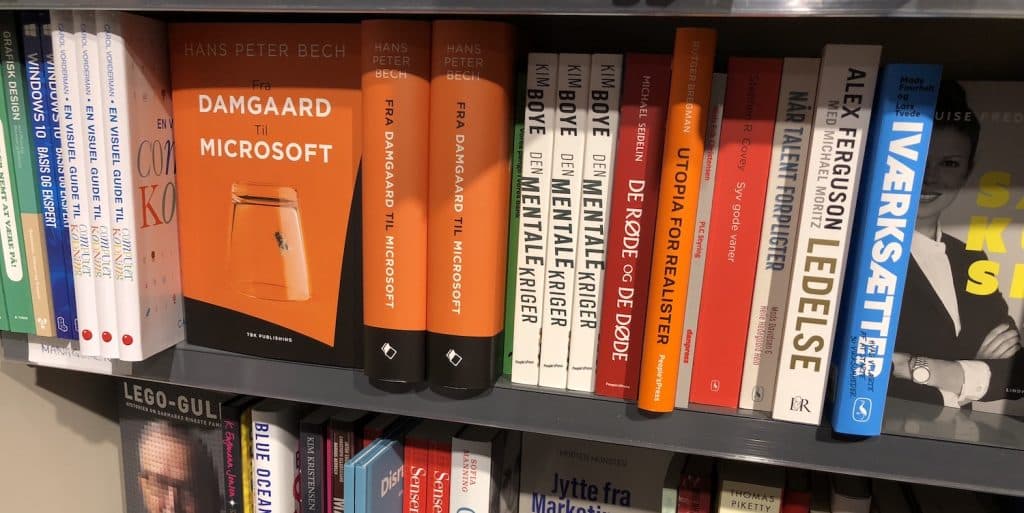
Distribution is the activity that ensures that the books can be ordered by and delivered to the bookstores and other retail channels that serve the readers. The bookstores can be physical stores like Bog & Idé in Denmark and Barnes & Noble in the USA, or it can be internet portals like Saxo, Tales, and Amazon.
I do not expect that the physical bookstores will order my books and put them on their shelves with a presumption that customers will come by, see them, and buy them. On the other hand, it should be possible for any bookstore in the world to search through their system, find my book and order it for delivery within a few days.
And that it is.
In the following, I will explain how I ensure global availability through physical bookstores.
In the same way, I want to make sure that my books are available on as many internet portals as possible. That task is easier because internet portals are interested in having as many books represented as possible and because, unlike the physical bookstores, they do not have to have the books on stock.
Amazon
Amazon may have a tarnished reputation, but for a self-publishing author like me, it’s a blessing.
When you upload your books for distribution through Amazon Kindle Direct Publishing (KDP), they automatically become available on Amazon’s portals in the US, Canada, UK, Germany, France, Spain, Italy, Netherlands, Turkey, Japan, India, Brazil, Mexico, Australia and now also in Sweden. In addition, Amazon supplies over 100 other countries through its portals. My books are bought on all the portals, but the biggest sale by far, about 50 per cent, comes from amazon.com in the US.
My digital and print versions sell almost equally, but since printing is something Amazon handles, I’m indifferent to which format readers prefer. For an author who writes business books for an English-speaking audience, Amazon is the perfect distribution platform. It operates both as a distributor (wholesale) and retailer.
As a Dane, I cannot publish audiobooks directly via Amazon, but through Author’s Republic, they are still available on their portals.
Royalty
The royalty policy on Amazon is simple.
eBooks: If your net price (before sales tax) is less than $ 10, then the author’s royalty is 70 per cent. A small amount ($ 0.15 per megabyte), depending on the size of the book, is deducted before royalty is calculated.
If your net price is over $ 10, royalty is 35 per cent.
It encourages me to keep the price of the eBooks below $ 10, which I have chosen to do. Others, especially celebrities, charge far more than $ 10. I discuss my pricing policy in detail in a later article on marketing.
If you choose KDP Select and thus give Amazon the exclusive right to the eBook edition, you can achieve several benefits that are especially attractive at the release date. This will also be elaborated on when discussing marketing.
Printed books: Royalty on printed books sold directly to consumers is 60 per cent. If you choose expanded distribution (for libraries and other outlets), royalty on that part is 40 per cent. I do not use Amazon’s expanded distribution because I serve libraries and other bookstores via IngramSpark. Amazon offers Print-on-Demand, which I have chosen to use.
The printing cost is calculated from the formula $ 0.85 (fixed fee) + $ 0.012 per page.
For a 300-page book, it costs $ 4.45 for the paperback version.
If you set the sale price to $ 19.99, your royalty will be calculated as follows:
$ 19.99 x 70% = $ 13.99 – $ 4.45 = $ 9.54
For expanded distribution, the calculation looks like this:
$ 19.99 x 40% = $ 8.00 – $ 4.45 = $ 3.55
Amazon now also offers to print hardcover editions in Print-on-Demand. It requires a new edition of the cover and a new ISBN in the manuscript. I have just released two of my books in hardcover and am looking forward to see if it leads to extra sales.
IngramSpark
My other main distributor is IngramSpark, which serves bookstores, both physical and online, in most of the world. Unlike Amazon, IngramSpark charges a small fee ($ 50) for uploading a book (PDF and ebook), just as it costs a small fee to be included in their catalogue of new books. IngramSpark is a wholesale distributor and does not run a retail store.
I use the same suggested retail price on IngramSpark as on Amazon and give the retailer 45%, but do not offer a return policy. My profit after deducting printing costs is $ 4.89 for Going Global on a Shoestring, which has a suggested retail price of $ 19.99.
Author’s Republic
Audiobooks have become very popular, but as I mentioned in the previous article, there are several challenges in making audiobook versions of non-fiction books. Now I have recorded Building Successful Partner Channels and Going Global on a Shoestring and put them up for distribution via Author’s Republic. From here, they are distributed on almost every platform where most people buy or stream their audiobooks.
The challenge with audiobooks is only related to the production. As soon as it is produced Author’s Republic takes care of the rest.
Denmark
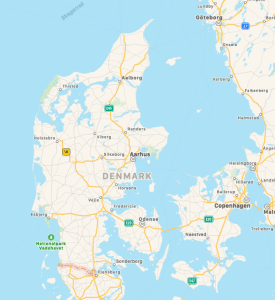
I was aware from the beginning that Denmark is not my primary market. My books sell well in Denmark, but the niche I write for is very small. The Damgaard book, which is the only book I have written in Danish so far, has to date sold almost 3,000 copies and still sells additional copies every month.
Denmark is a small closed market with its own distribution channels.
My printed books are distributed by DBK with whom TBK Publishing® has an agreement. My sale in Denmark is substantial enough for this model to pay off. If your sale is very modest, you can choose the BookBox solution instead.
Via my agreement with DBK, I also have an account on BogPortalen, where I create pages for my books so that they are visible to bookstores (physical and online). It is also on BogPortalen I control the discount that bookstores receive. My standard is 35% without a return right, but I make many other deals where I both offer a return right and give much higher discounts. It all depends on the terms a bookstore agrees to.
Sometimes I have offered commission agreements where the bookstores only pay me when the books are sold. It is a model that requires some administrational overhead, but it has produced a reasonable sale, and can be used actively in the marketing.
The eBooks and audiobooks are distributed via Publizon in Denmark.
The technical specifications of the audiobooks are different from Author’s Republic’s, but the instructions are good, and it takes a couple of hours to get the format sorted out.
I have a significant direct sale, i.e., individuals and companies approach me to purchase more copies of my books. Previously, I even had a small stock that I could use for that type of order. I no longer do that.
Instead, I use DBK, Amazon and IngramSpark and leave printing, packing, and shipping to them. For larger orders, I may order from a printing company and have them send the books directly to the customer. Since the price of a direct sale is agreed upon individually with the customer, and I don’t have to leave any margin to a distributor. The royalty on such deals are very attractive.
Closing remarks
As a self-publisher, physical and digital distribution is probably the simplest of the four main activities. Distribution of books (print, digital and audio) is well organised and is offered as self-service solutions that are easy and surprisingly cheap to use. A prerequisite for a book to be purchased is that it is available no matter where on the globe the reader resides, and in the format the reader prefers. But that doesn’t guarantee a sale. It requires marketing, which is the topic of the next articles.Tags: DBK, distribution, ISBN, KDP, self-publisher
